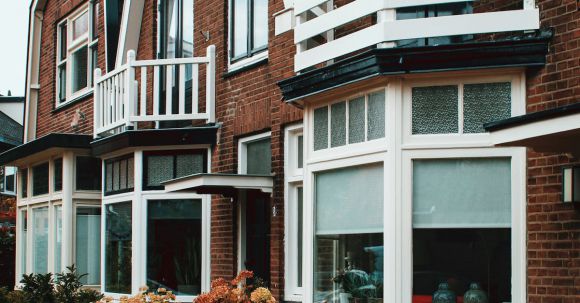Living in a fitness-friendly neighborhood can greatly enhance your ability to stay active and lead a healthy lifestyle. The environment around you plays a crucial role in determining your level of physical activity. From access to parks and recreational facilities to the presence of pedestrian-friendly streets, there are several factors that contribute to making a neighborhood fitness-friendly. In this article, we will explore some key elements that you should look for when choosing a neighborhood that promotes an active lifestyle.
Proximity to Parks and Green Spaces
One of the most important factors to consider when looking for a fitness-friendly neighborhood is its proximity to parks and green spaces. Having access to these outdoor areas encourages physical activity and provides opportunities for various recreational activities such as walking, jogging, cycling, or simply enjoying nature. Look for neighborhoods that have well-maintained parks with walking trails, sports fields, and playgrounds.
Pedestrian-friendly Streets
Another crucial aspect of a fitness-friendly neighborhood is the presence of pedestrian-friendly streets. Wide sidewalks, well-marked crosswalks, and traffic calming measures make it safer and more convenient for residents to walk or run in their neighborhood. Sidewalks should be well-maintained and free from obstacles, allowing for a pleasant walking experience.
Bike-friendly Infrastructure
In addition to pedestrian-friendly streets, a fitness-friendly neighborhood should also have bike-friendly infrastructure. This includes bike lanes, designated bike paths, and bike-sharing programs. Having these facilities makes it easier for residents to incorporate cycling into their daily routines, whether it’s for commuting or leisure.
Recreational Facilities
A neighborhood that offers a range of recreational facilities is a great asset for those looking to stay active. Look for neighborhoods that have well-equipped gyms, community centers, or sports complexes. These facilities provide opportunities for various physical activities such as swimming, basketball, tennis, or group fitness classes. Having these options nearby makes it easier to engage in regular exercise without having to travel far.
Access to Healthy Food Options
Maintaining an active lifestyle goes hand in hand with eating a healthy diet. Living in a neighborhood that has easy access to healthy food options can greatly support your fitness goals. Look for neighborhoods that have farmers markets, grocery stores with a wide selection of fresh produce, and restaurants that offer healthy menu choices. Having these options nearby makes it more convenient to make nutritious food choices.
Community Support and Engagement
A fitness-friendly neighborhood is not just about the physical environment; it also involves community support and engagement. Look for neighborhoods that have active community organizations or fitness groups. These groups can provide a sense of camaraderie and motivation, making it easier to stay active and accountable. Participating in community events or joining fitness classes or clubs can be a fun and social way to stay active.
In conclusion,
Living in a fitness-friendly neighborhood can greatly impact your ability to stay active and lead a healthy lifestyle. By considering factors such as proximity to parks and green spaces, pedestrian-friendly streets, bike-friendly infrastructure, recreational facilities, access to healthy food options, and community support and engagement, you can find a neighborhood that supports your fitness goals. Remember, staying active is not just about personal motivation; it’s also about creating an environment that encourages and facilitates physical activity. Choose your neighborhood wisely and enjoy the benefits of an active lifestyle.





